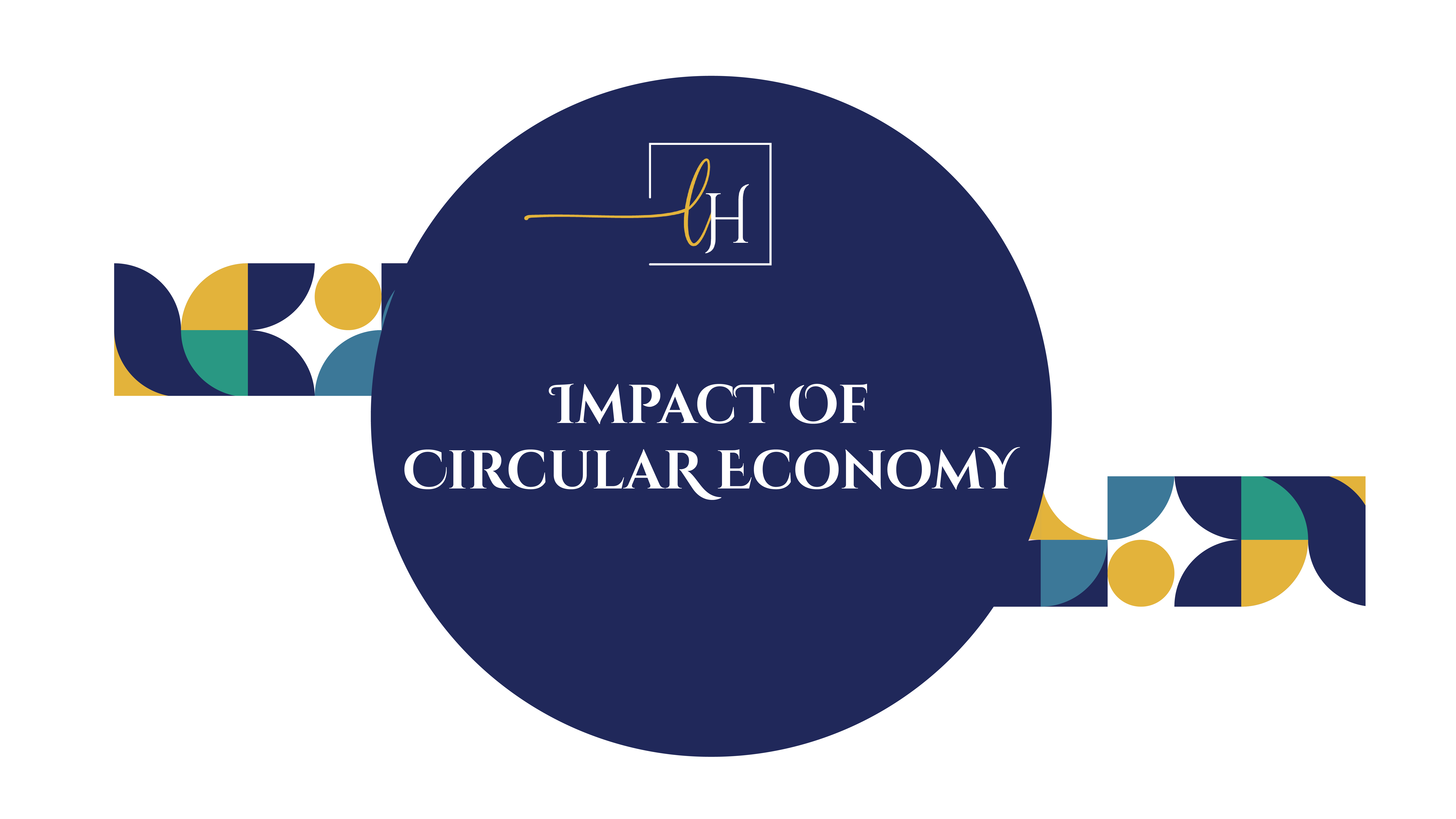How we shop and consume goods has dramatically changed. Unlike generations before us that used and reused things for years (if not decades) we literally live in a world where we want the latest gadgets and dispose of the old models quickly and our fashion is “fast”.
As technology continues to advance, our access to consumable goods increases so we amass more and more. Because we have access to so much, it has become easier and easier to be comfortable with the cycle of creating, followed by using/consuming and then disposing.
This cycle and approach rely heavily on large amounts of easily accessible materials and energy to offer the item at a relatively low cost, but this model is slowly reaching a limit as resources are not endless.
Case in point: The storage industry is booming as our population has acquired so much “stuff” that we cannot even manage to keep it all under one roof. Even with having storage options available, at a certain point, we have to face the reality that new models that focus on reusing and sharing are becoming even more of a necessity.
Due to resource limitations and overall global population increase, we are moving towards a turning point. Companies are faced with material shortages that push the costs of (and demand for) materials higher and this has a trickle-down effect on consumers.
All of this combined with the fact that we’re increasingly aware of global warming and what landfills are doing to the earth has resulted in a movement to a new model called the circular economy.
We’re all familiar with the concept of reduce, reuse and recycle and the idea of taking unconventional materials and repurposing them. The circular economy takes this concept to the next level and eliminates the need for an additional process.
A prime example of the circular economy are sites like Kijiji, where more and more people are selling or giving things away as opposed to throwing them out. The circular economy model takes these practices and expands them to the mass market.
What is the Circular Economy?
At a basic level, the circular economy is the separation of economic growth from resource constraints. More simply put, it means that the ability for a business to grow isn’t solely dependent on being able to source new materials.
The idea is to keep resources in use for as long as possible, extract the maximum value from them while they are in use, then to recover and regenerate products and materials at the end of their life.
One of the key goals of the circular economy is to prevent potential waste from ending up in landfills and instead reusing possible waste in whatever form it can be repurposed.
The circular economy is designed to be both regenerative and restorative, with an aim of keeping components, materials, and products functioning at their highest utility and value.
Closely related to the circular economy is the idea of the sharing economy that is growing rapidly. The sharing economy has seen a huge upswing over the last decade, and it is based on the sharing of the use of assets that have untapped or unused capacity. Companies such as Airbnb, Car2Go and WeWork have all capitalized on people’s quest to maximize the use of resources at all times.
Why the Circular Economy Benefits Retailers
As a result of this movement, new retail models are emerging and the consumers are increasingly interested in sustainability and saving the environment.
On a broad scale, this means a change in our consumption patterns and ultimately in production patterns as we shift from the linear economic model towards the circular model where resources are used more efficiently.
While consumers are tapping into the circular economy manufacturers are looking for how to make the same product in a better, less expensive way. When working within the circular economy, they look for materials they need that someone else is going to be discarding, which means manufacturing costs are lower at the outset.
While the driving factor for more companies to adopt these practices may be initially based on rising costs and loss of resources, there are other considerations like being more socially and environmentally conscious that can have a positive impact both internally and with how they are perceived in the marketplace. (The same goes for retailers that are selling these products.)
The circular economy model concept is particularly appealing to millennials, who have both shown through their buying habits that sustainable products are important to them. Studies have shown that millennials are more comfortable paying a higher premium for sustainable goods and services and they gravitate towards companies that are committed to a more positive social and environmental impact.
As a retailer, you can expect more and more of your customers to be focused on the circular economy and voting with their dollars when it comes to social and/or environmental issues.
A great example of the circular economy is action is Vigga, a Danish startup. They are the award-winning founder of a business model for circular economy in the textile industry.
Working in the textiles industry creating maternity and kid’s wear, Vigga follows a product-service-system model that operates under the premise that as kids grow, products don’t. Parents have the opportunity to lease organic maternity and children’s clothes, which allows both the consumer and business to save time, money and resources.
Another great example of this is Speedo, who in partnership with Aquafil introduced their first line of sustainable swimwear. Together they launched a fabric recycling program, where they began using post-production waste to manufacture brand new swimsuits.
Not only does this represent a major saving for the two companies because they are using materials that would otherwise have been thrown away, it also appeals to the eco-conscious mindset that more and more consumers are adopting.
From this perspective, retailers can benefit as well by stocking these types of products. Choosing to stock certain items, like the sustainable Speedo bathing suit, sends a message to shoppers that the retailer has a stake in promoting sustainable products.
For retailers, carrying sustainable products that promote the circular economy model or adopting innovative ways of doing business such as Vigga’s leasing model provides a new way to differentiate themselves from others who are battling for the same market share.
As a retailer, embracing the circular economy now will help you be a leader and not be left having to adjust as this reality sets in. While the idea of consumers buying or consuming less may be considered a threat, there’s an opportunity for those retailers that seize the opportunity before them.
LHR Consultants has considerable experience developing innovative retail strategy and also offers project management services for flawless execution. To discuss your specific needs, contact us for a free consultation at [email protected].

